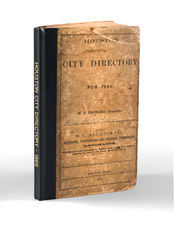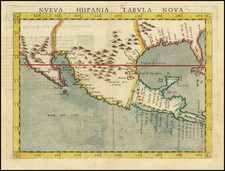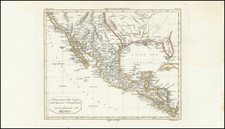This 1965 Texas General Land Office Map with Commissioner Jerry Sadler's commentary presents an enlightening snapshot of Texas's commitment to public education funding through its exploitation of mineral-rich lands. This map, produced in Austin, sheds light on the intersection of geography, politics, and economics in mid-20th century Texas.
While Texas has a storied history, marked by its unique status as a former independent republic, its most significant legacy, as expressed on this map, is the dedication of state lands to public schools. According to the provided figures, public schools held mineral interests in an eighth of the state's total area, which had already yielded nearly a billion dollars for state education. The funds accrued from this endowment, the Permanent School Fund and the University Fund, had respective balances of $565 million and $422 million as of November 10, 1964.
In addition to detailing the state's financial investment in education, the map presents key statistics about Texas's vast tracts of land. For instance, it provides figures for various categories of land, such as unsold surveyed lands, navigable streams, and bays and inlets, among others. It also showcases details about lands and mineral estates of the Permanent School Fund and the Permanent University Fund. This information underscores the geographical and mineral wealth of the state and the strategic use of these assets for public education.
Adding a human dimension to this geographical and economic discourse, the map includes photos of district heads, grounding the abstract figures and land categories in the human administration of these resources. Together, these elements illustrate the interconnectedness of land, mineral resources, education, and governance in mid-20th century Texas.
In conclusion, the Texas General Land Office Map of 1965, commissioned by Jerry Sadler, serves as a significant artifact of Texan history. It illustrates a remarkable moment when the Lone Star State leveraged its natural wealth for the betterment of its education system, creating a powerful narrative of stewardship, prosperity, and social responsibility.









![[ Texas-Mexico Border Treaty ] Que á efecto de facilitar el cumplimienio [i.e. cumplimiento] del art. 3. del Tratado de limites entre estos Estados y los Unidos del Norte América ... Habiéndose concluido y firmado en la Ciudad de México á los 12 dias del mes de Enero de 1828, un tratado entre los Estados-Unidos Mexicanos y los Estados-Unidos de América [A Treaty having been concluded and signed in the City of Mexico on the 12 day of January 1828 between the United States of America and the Mexican United States for the purpose of establishing the true dividing line and boundary between the two nations]](https://storage.googleapis.com/raremaps/img/small/100806.jpg)


![(Texas - Mexican War) Campaña Contra Los Americanos del Norte. Primera Parte [all issued]. Relación histórica de los Cuarenta Días que mandó en gefe el ejército del Norte el E. Sr. general de division Don Mariano Arista, Escrita por un oficial de infantería](https://storage.googleapis.com/raremaps/img/small/95742.jpg)

![[ Mexican Railroads ] Carta De Comunicaciones De Los Estados Unidos Mexicanos Formada de orden de la Secretaria de Estado y del Despacho de Comunicaciones y Obras Publicas, por el Coronel Bodo von Glumer . . . Primera Hoja. 1895 - 1896. (and) Segunda Hoja 1895 - 1896](https://storage.googleapis.com/raremaps/img/small/103235.jpg)